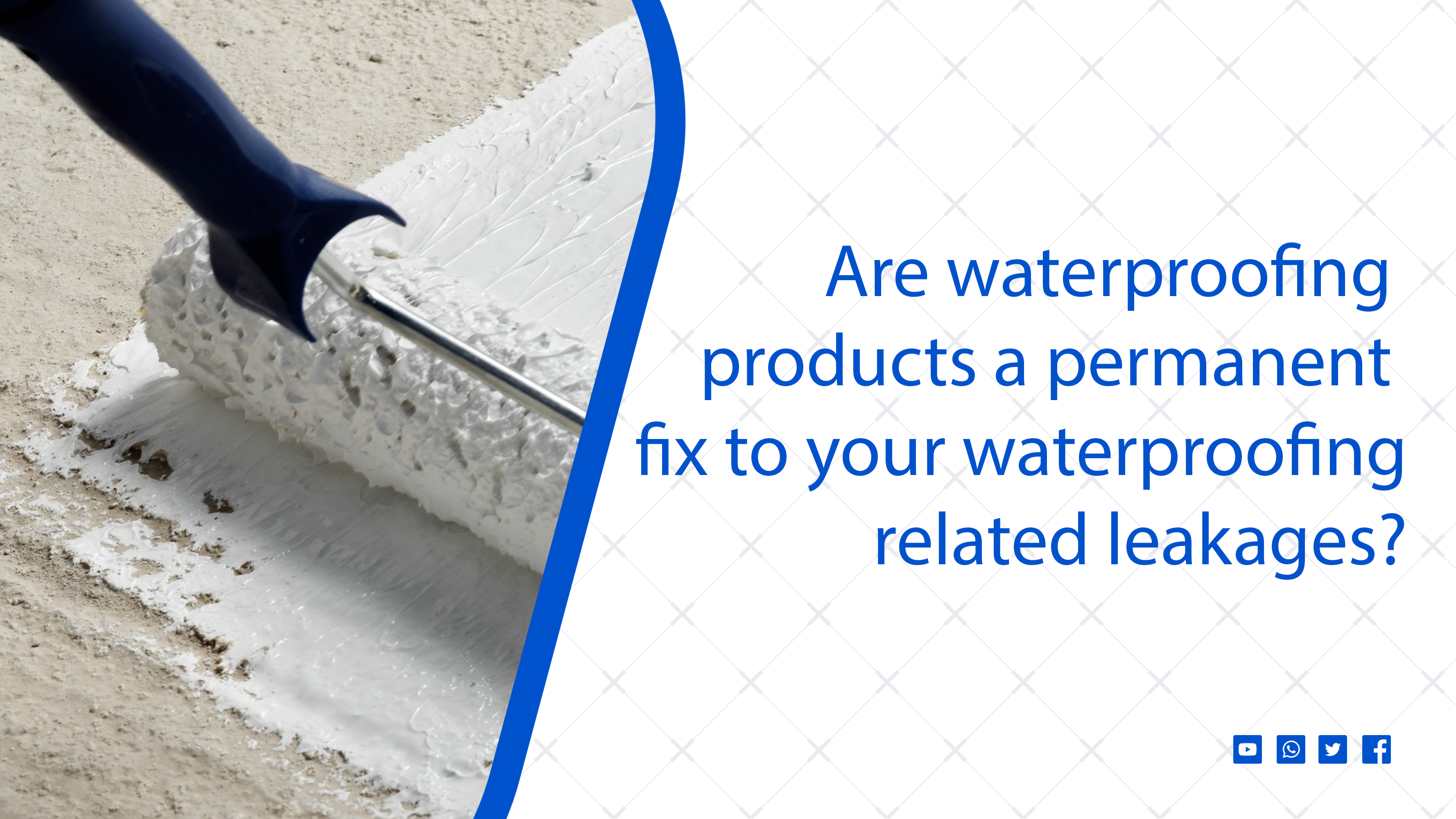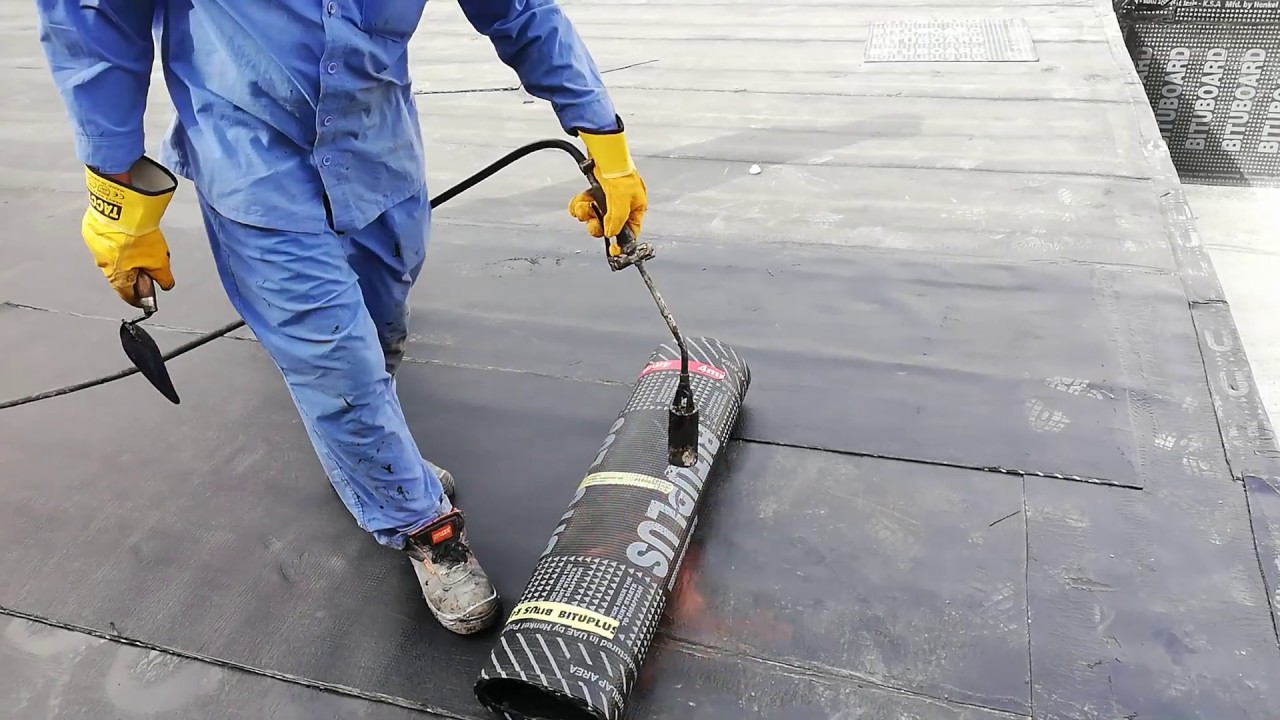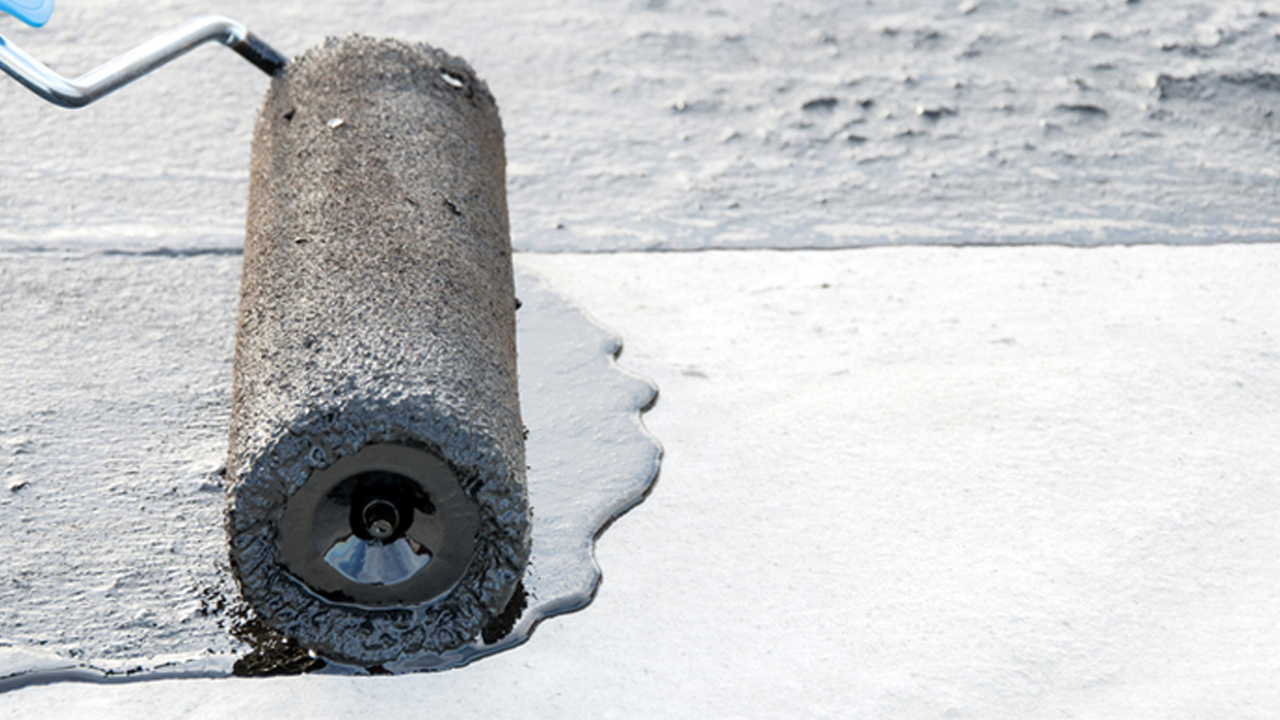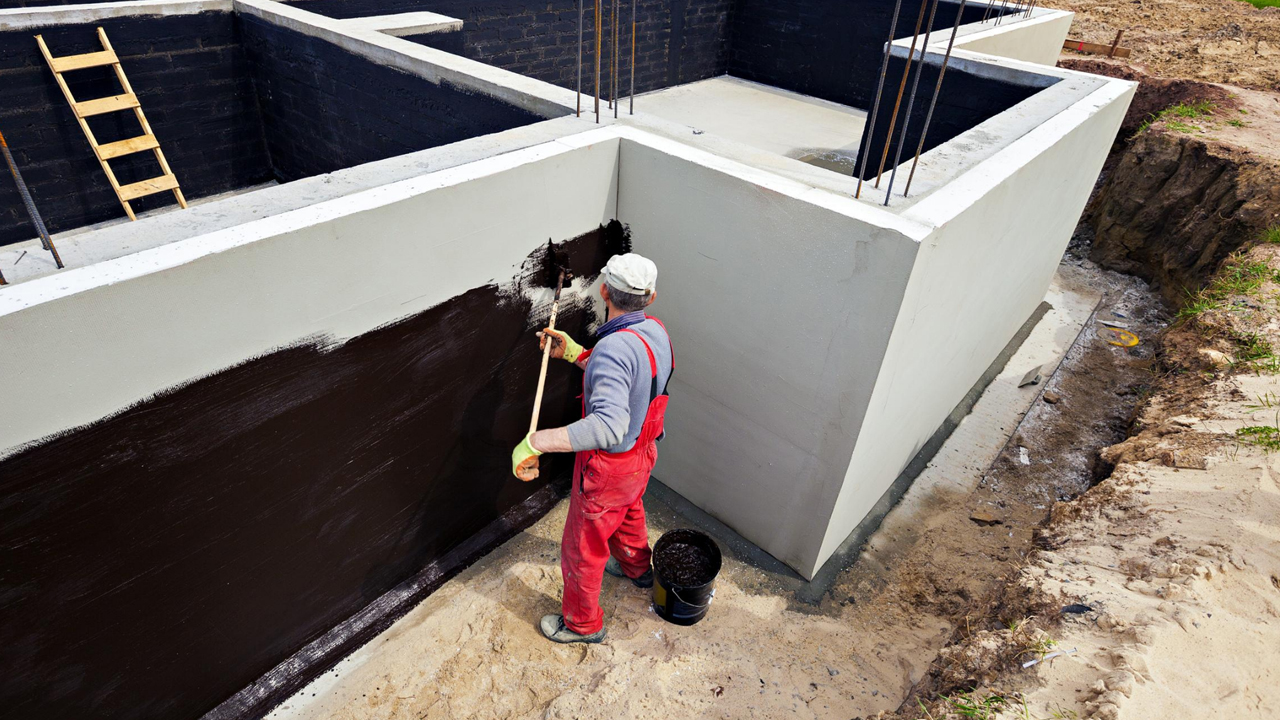Are waterproofing products a permanent fix to your waterproofing related leakages?

A perfect home is a safe and comfortable place of intimacy and warmth where you can feel the beauty of relationships and their memories. Waterproofing your new home is one of the fundamental construction requirements using membranes and coatings. The main reason for waterproofing the building is to prevent water leaks, mold growth, and flooding from entering the house and to keep the structural integrity longer.
Nowadays, water leakage issues are not only common for older buildings but also in newly waterproofed buildings. The key areas to consistently monitor for water damages are Rooftops, walls, bathrooms, drains, plumbing, windows, door seals, kitchens, etc.,
Waterproofing failure is one of the biggest challenges for the construction industry and about 90% of failed waterproofing installation is due to poor workmanship.
The waterproofing failure is due to the following reasons.
Wrong selection of the waterproofing products:
Wrong choice for the application of substrate and its incompatibility with other products like primers lead to debonding and failure of the waterproofing system
Damp or wet surface application:
Applying a waterproofing product on a wet substrate creates a gap between the membrane and substrate which leads to debonding.
Application to an uneven surface:
While applying the waterproofing products to an uneven surface there is no tight seal with the substrate. This leads to water leakages. so it’s always advisable to apply a screed when dealing with an uneven substrate. .
Contaminated surface application:
Improper cleaning of the substrate surface results in debonding and waterproofing failure. So always ensure that the concrete surface is clean and free from dust, curing agents, wax, oils, and mold growth.
Insufficient coverage application:
When the waterproofing solution is applied unevenly, the uniform thickness of the waterproofing layer is not maintained. This can result in the thinner parts of the membrane getting damaged more quicker.
Lack of priming:
When the applicators go for the insufficient priming surface before waterproofing membrane installation, it can lead to debonding and total failure of the waterproofing system.
Blistering:
Due to an uneven primer application, the air builds up under the membrane leading to the formation of blisters on the surface. These blisters are prone to puncture and allow water to pass through and penetrate the concrete.
Tearing:
Tearing of the waterproofing membrane is the result of building movement, structural deformation, expansion joints, and building settlements. Puncturing also happens due to drilling, pipe installation, and backfilling works. so both of these damages affect the waterproofing layer resulting in failure.
Faulty overlaps:
Not a complete bonded overlap at the seams pose a potential leakage and the water migrates through and penetrates the concrete.
Detoration:
The waterproofing membrane deteriorates / weathers over time due to exposure to harsh environments, UV rays, ponding, aggressive groundwater, etc., This leads to disintegration and ultimate failure of the membrane.
Shoddy Installation:
The rapid growth of the construction industry leads to a worker shortage of trained people. The untrained with poor workmanship leads to waterproofing defects.
Cracks:
Due to the structural damages overtime the tensile cracks are formed and the water penetrates the concrete depending on the crack width, length and hydraulic gradient.
The quality waterproofing services should last at least 10 years. However, it also depends on the type and application of waterproofing materials as well as the experienced workmanship. For an untrained eye, it is challenging to detect the waterproofing areas effectively. so it’s always recommended to look for professional waterproofing contractors. Not only do they do it efficiently but also test the floors for example, after bathroom waterproofing they pond with water for several hours for water tightness.
The warranty of the product/service is given by the company to assure that the product has its lifetime up to its claims. Different types of warranties are used in the waterproofing industry. They are as follows:

Materials-only warranty:
This is one of the most common and the limited type of warranty that covers the cost of materials in the waterproof installation, if it is proven to be defective.

Materials and labor warranty:
: If the waterproofing system fails within the warranty period, then both the labor and the material cost can be recovered. In this case, The product company covers the material cost while the contractor is responsible for the labor cost.

Materials and labor with overburden warranty:
This is a more comprehensive warranty that provides greater coverage compared to the other warranties. Along with the labor and material cost, the overburden addition cost is covered. That is, it covers the entire cost of replacing the membrane including removing and installing a new tile.

NDL warranty:
This warranty is a type of contract that covers the cost associated with replacing or repairing the defective waterproofing system including the difference in the replacement cost. Some business and home owners prefer this NDL or no dollar limit warranty as it has no maximum coverage.
The Pre-qualifications for obtaining the warranty for waterproofing are, it must be done by trained applicators and inspected by third parties. So, it is better to choose the right waterproofing contractor in your area based on their quality work, experience, warranty coverage, projects, and skilled applicators.
In simple words, water will always find its way to enter or exit. Though waterproofing is done right, due to wearing/tearing over time, it has to be done again. That’s the reason why waterproofing products are not a permanent fix to your waterproofing-related leakages.